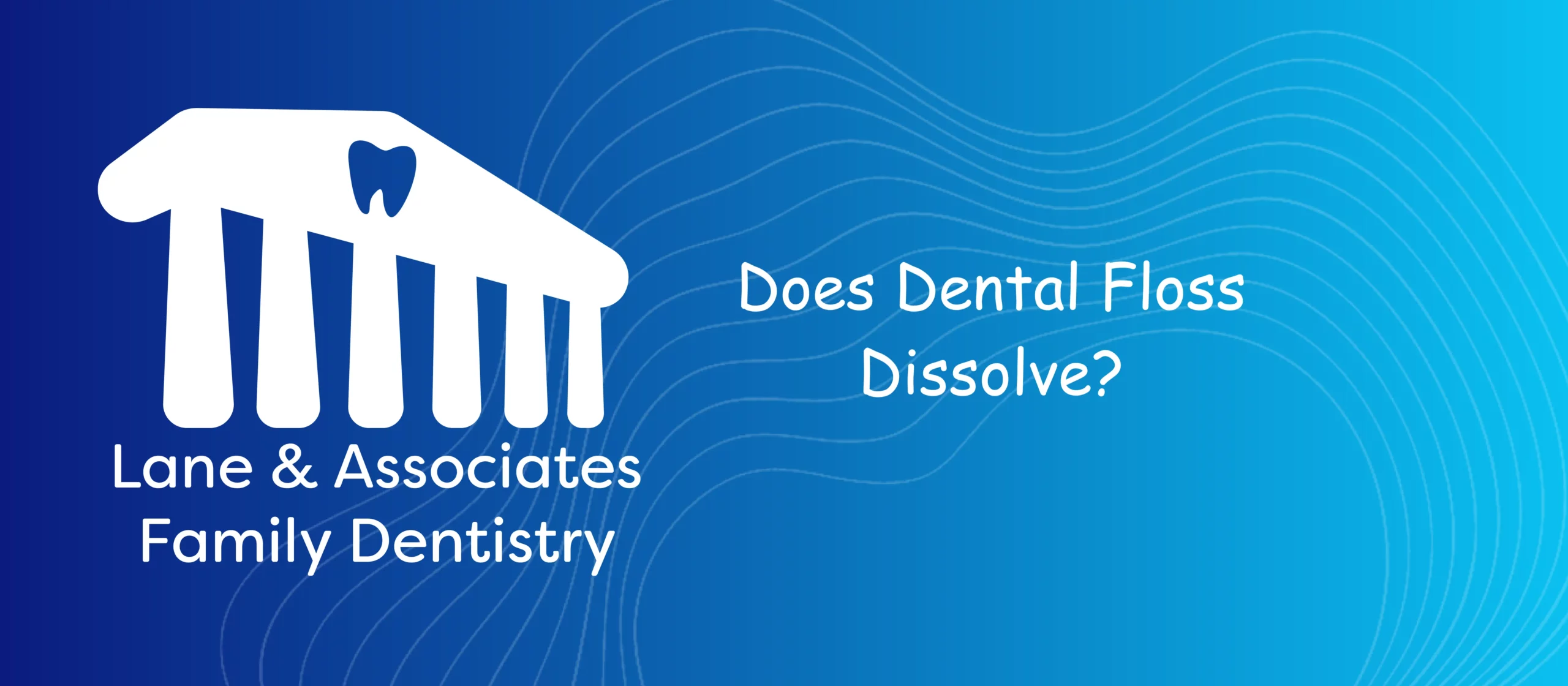Dental floss is a commonly used tool for maintaining oral hygiene, but one question that often arises is whether dental floss dissolves. The answer is no, dental floss does not dissolve in water or saliva. Most dental floss products available on the market today are made from synthetic materials such as nylon or Teflon. These materials are chosen for their durability and strength, allowing them to effectively remove plaque and food particles from between the teeth. However, the downside of these materials is that they are non-biodegradable and do not break down naturally over time.
It is important to be mindful of the environmental impact of dental floss. When disposed of improperly, non-biodegradable dental floss can contribute to pollution and harm ecosystems. To address this concern, some manufacturers have introduced biodegradable dental floss options. These eco-friendly alternatives are typically made from natural materials like silk or bamboo fiber, which can break down naturally in the environment. Choosing biodegradable dental floss is a responsible choice for individuals who want to maintain their oral hygiene while minimizing their ecological footprint. By opting for biodegradable options, we can contribute to a healthier planet while still caring for our teeth and gums effectively.
How Do You Remove Stuck Dental Floss?
Sometimes dental floss can get stuck between the teeth, making it difficult to remove. When this happens, it’s important to handle the situation carefully to avoid causing any damage to the teeth or gums. One method for removing stuck dental floss is to gently wiggle the floss back and forth while pulling it out. This can help loosen the floss and make it easier to dislodge. In some cases, using an interdental brush or dental floss threader can help access hard-to-reach areas and assist in removing the stuck floss. If the floss remains stuck or causes pain, it is recommended to seek professional dental assistance.

How Far Does Floss Go Into Your Gums?
When using dental floss, it is important to properly position it along the gum line to effectively remove plaque and debris. Ideally, the floss should be inserted gently between the teeth, curving around each tooth in a C-shape and sliding it slightly below the gum line. The goal is to clean the area where the tooth and gum meet, known as the sulcus or gingival crevice. The depth of the sulcus can vary from person to person, but on average, it is approximately 1-3 millimeters deep. Flossing below the gum line helps remove bacteria and prevent gum disease, making it an essential part of a complete oral care routine.
What Floss Doesn’t Get Stuck?
While dental floss can occasionally get stuck between the teeth, some types of floss are designed to minimize this issue. One option is waxed floss, which has a coating that helps it glide more easily between the teeth and reduces the likelihood of getting stuck. Another option is using floss picks or pre-threaded flossers, which have a small handle and pre-attached floss. These can provide better control and maneuverability, making it less likely for the floss to get stuck. Additionally, certain flosses are designed to be shred-resistant, further reducing the chances of getting stuck during use. Exploring different types of floss and finding the one that works best for your teeth and gums can help minimize the risk of floss getting stuck.
Conclusion
Dental floss is a valuable tool for maintaining oral health, but it’s important to be aware of its properties and use it correctly. While dental floss does not dissolve and can contribute to environmental pollution if not disposed of properly, using biodegradable floss can be a more eco-friendly choice. When floss gets stuck, it’s crucial to handle it gently and seek professional help if needed. Proper flossing technique, including going below the gum line, is essential for effective plaque removal. Exploring different floss options, such as waxed floss or floss picks, can help minimize the chances of floss getting stuck and enhance the flossing experience overall. By understanding the properties of dental floss and using it correctly, we can maintain optimal oral hygiene and promote a healthier smile.


